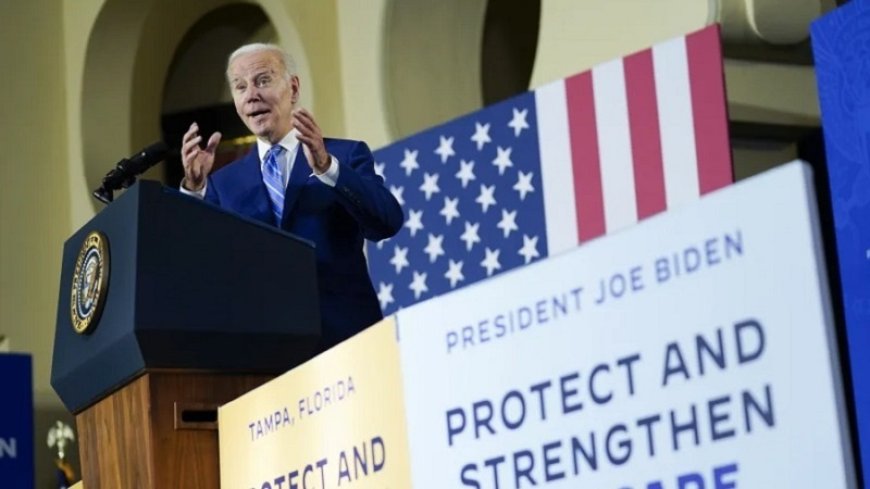USA with Aukus go to war

CALIFORNIA- The Aukus agreement: United States, Australia and England have unveiled the details of a plan to supply Australia with nuclear-powered attack submarines since the early 1930s to counter China's ambitions in the Indo-Pacific. As part of the Aukus Pact, the United States, United Kingdom and Australia have unveiled the details of their plan to create a new fleet of nuclear-powered submarines, aimed at countering China's influence in the Indo-Pacific region. This is one of the main objectives of the Aukus partnership, the military pact signed between the three countries in September 2021 against Chinese ambitions in the Indo-Pacific. In launching the partnership, Canberra also scrapped the €56 billion contract with French shipbuilder Naval Group for 12 submarines.
This as the Chinese government has just taken an important step by preparing the ground for talks between Iran and Saudi Arabia to restore relations between the two countries, the Biden administration and two of the United States' closest allies. were preparing to hold a summit at a military base in California to officially announce new warfare preparations in East Asia. Monday's meeting in San Diego saw the participation of the prime ministers of England and Australia - Rishi Sunak and Anthony Albanese - in the framework of the so-called "AUKUS", the purely military pact signed by the three countries in 2021. At the center of the At the event was the unveiling of the unprecedented plan to place an unspecified number of nuclear-powered war submarines at the disposal of Australia, in anticipation of a direct conflict with Beijing in the near future.
The tripartite agreement should serve to strengthen Australian security in a regional scenario characterized by growing Chinese aggressiveness in imposing its economic and strategic interests. This is at least the version of the official propaganda promoted by the three allies. The real goal is rather to integrate Canberra into Washington's anti-Chinese projects, making this continent-country an outpost of the offensive against Beijing, evidently with all the risks that would derive from it. Concretely, the future outlined in San Diego offers the possibility for Australia to build a new class of submarines on its territory, based on British design and American military technology. The implementation of the plan, if it is ever completed, should take a very long time.
Already in the short term, however, Australia could "benefit" from the intensified US military presence, almost always presented as a non-permanent but "rotating" deployment. The perilous path that Australia should embark on in partnership with Washington and London has three stages. In the first, the Australian military will join their American and British colleagues to receive the necessary training aboard the submarines of the two allies who will "visit" the ports of the oceanic country. When Canberra has a sufficient number of such trained men and has built the necessary facilities, three to five "Virginia-class" nuclear-powered submarines will be purchased by the United States.
This supply should be finalized in the first half of the next decade. A few years later, however, the construction of a new naval vessel will begin in collaboration between Great Britain and Australia and, only later, i.e. in no less than twenty years, the latter country will produce submarines for its fleet independently. The entire project has been offered to the international public and, above all, to the Australian public as a kind of charitable initiative intended to ensure peace and prosperity, as well as thousands of new jobs. According to US President Biden, the three allies "share the commitment to a free and open, prosperous and secure Indo-Pacific region", so as to shape "a future rooted in our common values".
Regardless of rhetoric and appearances, what has been discussed in California is the setting in motion of a system to produce offensive military means among the most powerful and sophisticated; in a word, to plan war against China. Nuclear submarines are larger in size and are able to operate for long periods and over long distances without the need for refueling.













































